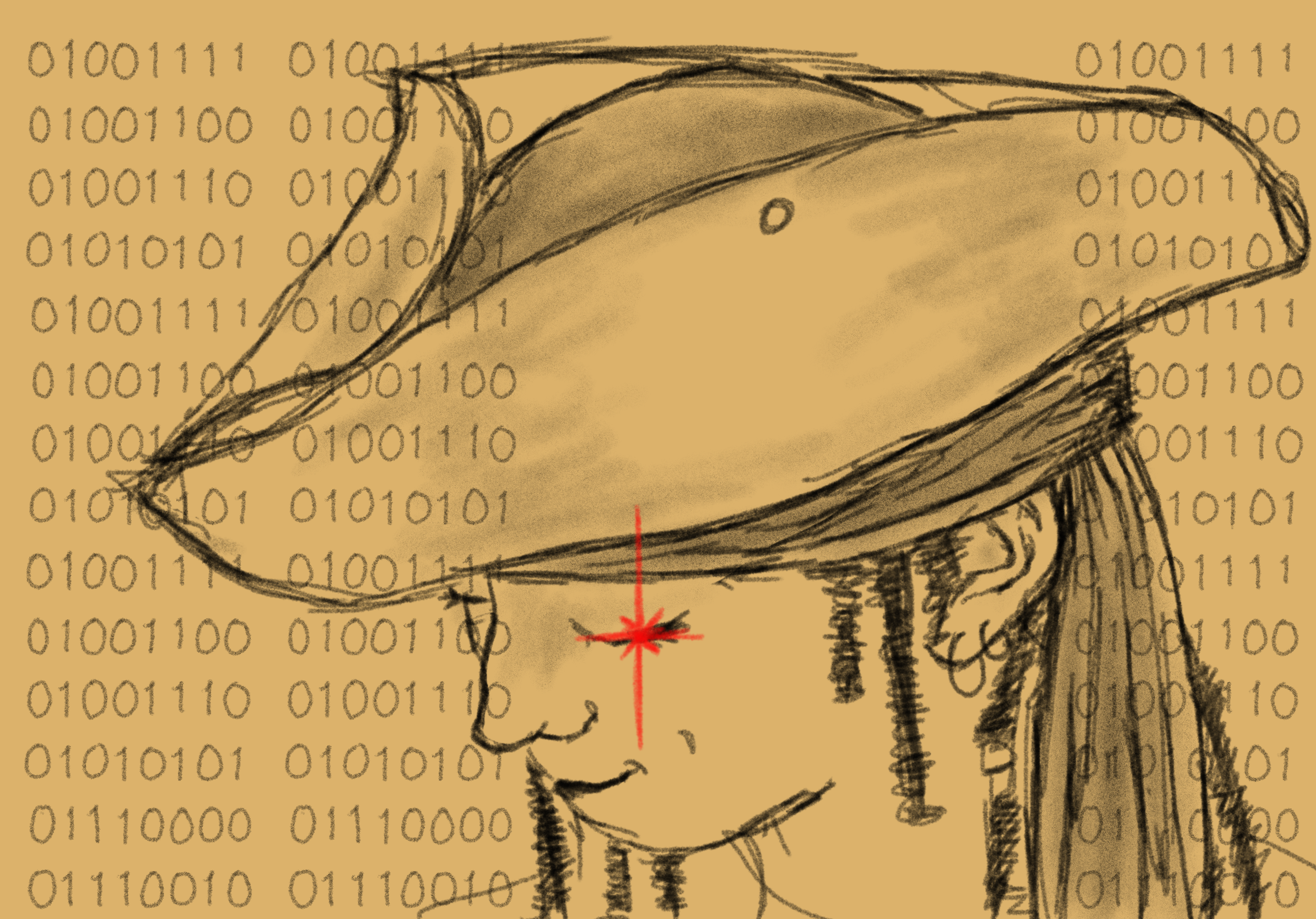
As a Creative Writing and English major, I am unsatisfied with––and a little unsettled by––the French literary theorist Roland Barthes’ claim to murder the author from their text in his essay “The Death of the Author” (1967). Like Barthes, I insist that the author should not be the main constituent within an analysis of their text; the author should be separated from their text. However, I do not agree that the author should be removed from their text entirely. Instead, the author should have at least some power over the reader’s analysis. Ultimately, literary criticism should not be established within a binary—author vs. reader—but on a spectrum in which the writer’s importance is dependent on the writing and the reader’s interpretation.
Here are some articles of faith I can subscribe to:
That the reader, along with their act of reading, becomes the center of interest. However, with the change in focal points from writer to reader, this does not mean the writer must be disregarded entirely.
That author-based criticism should be dead. Instead, author-reader-based criticism should be the main form of analysis within literary criticism.
That the author dies as soon as a fact is narrated with the view of acting intransitively rather than directly on reality. However, nearly all narration, in some form or other, intends to act directly on reality, not merely to be read, but to be felt, to be experienced. Narration is by definition an act and no acts are truly gratuitous.
That the writer can only imitate a gesture that is always anterior, never original. But, the writer can imitate an anterior gesture in an original manner.
That there is nothing beneath the writing, nothing to dig up from the pits of meaning, nothing to decipher, except for figurative language and words’ multiple meanings.
That writers can write unintentionally, but at the same time, writers write with intention. A reader has the power to disregard the intention if it does not fit their interpretation.
That a text’s unity lies not in its origin, but in its destination (with the idea of the origin in mind).
That the writer is not the subject, yet the text is inextricably bound by the author’s experiences, exposure, and knowledge. One should not write about topics they do not know about without immersion, extensive research, and help from experts of the topic.
That the birth of the reader must be at the cost of the death of the author. However, one cannot pronounce that the author is dead without killing the reader as every author is also a reader. Similarly, if one believes in the existence of the reader, they must accept the existence of the author because the author of a text begins as a reader of an earlier text.
That the writer creates the text and is then diminished, but not to extinction. The author remains, not like the raging flames of a forest fire dominating literary analyses, but like the flicker of a candle flame, a ghost, who faintly informs the reader.
Such statements as these would not, even though greatly elaborated, serve any useful purpose here. The interested reader already knows the general nature of the critical position adumbrated—or, if they do not, they can find it set forth in English and Creative Writing classrooms. All students will learn about the author before the text, as if the author is important. All students will learn that any interpretation is valid as long as the proof lies within the text. Fundamentally, a critic must not represent a character as if they are a real person, or a text as if it is reality. The literary analyst, i.e., an English major, must identify the fictitious nature of the character and from whom the character was created, i.e., the creative writer.




